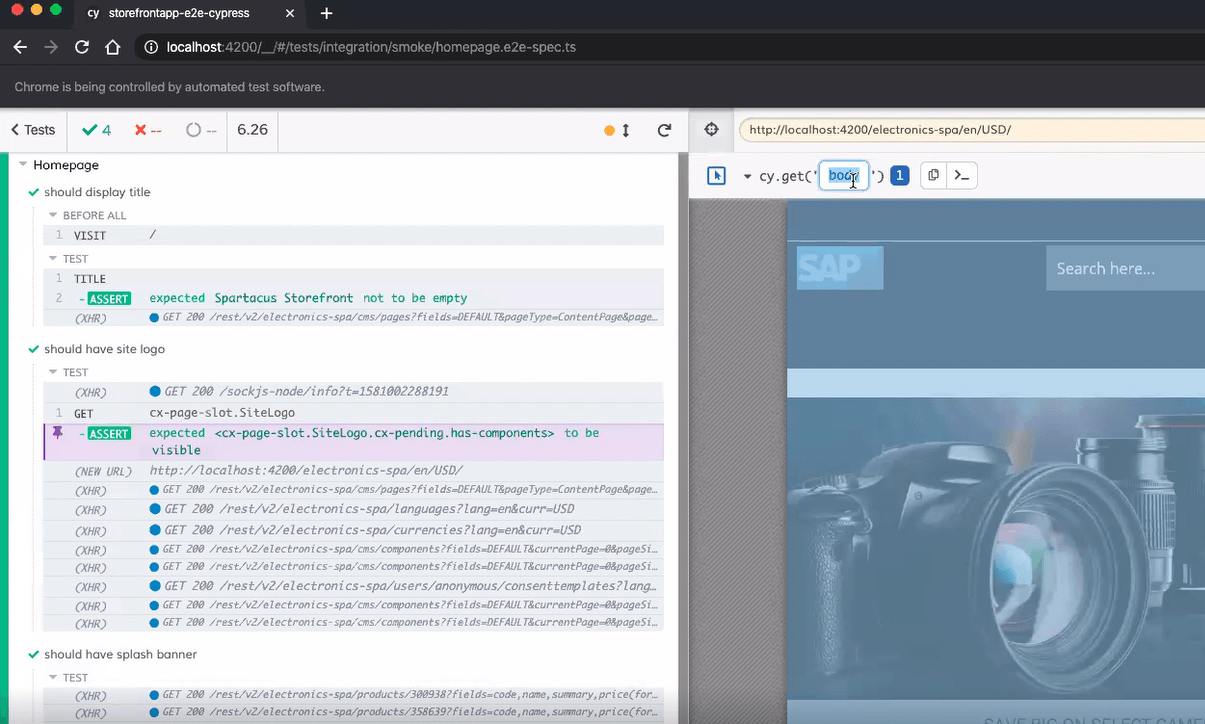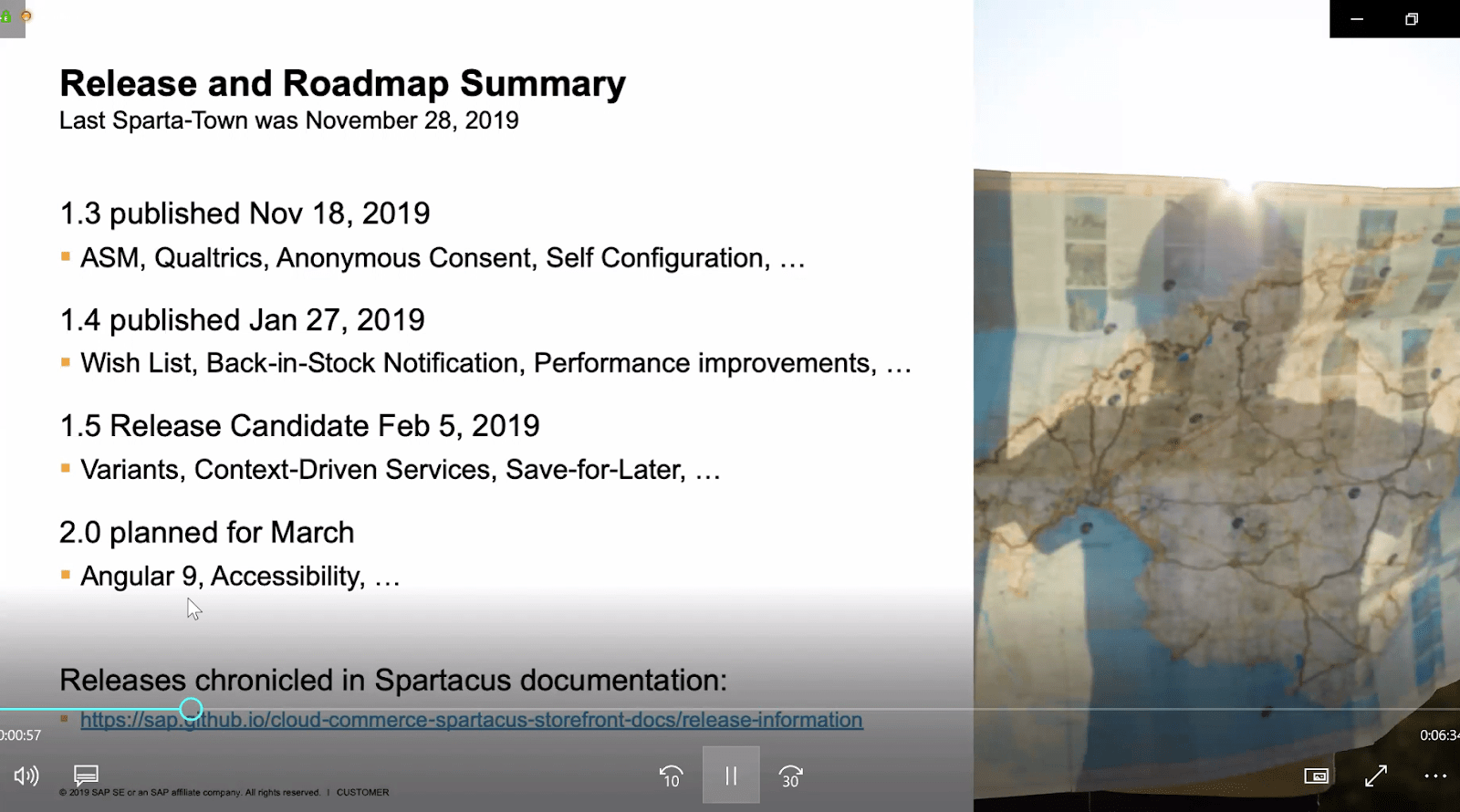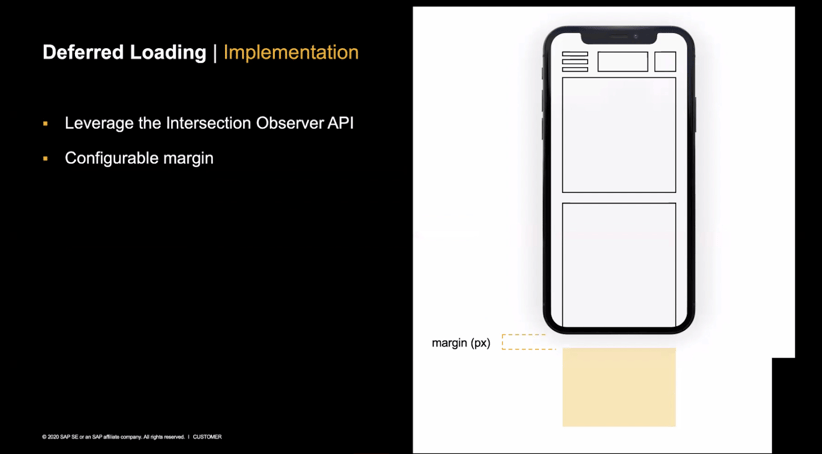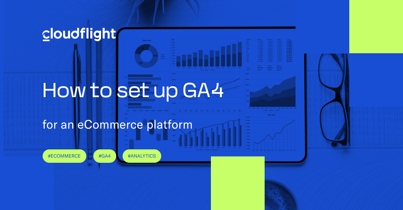Last week we had a first Sparta-Town meeting of this year (if you don’t know what Sparta-Town is, read my previous post). For me, this episode really showed the open-source spirit of the Spartacus team as they shared a lot of their experiences and best practices. I think not only Spartacus developers might benefit from this meeting but all web devs in general.

Continuous testing in Spartacus
The first talk was about continuous testing in Spartacus. Gilberto Alvarado (Technical Leader & Release Master of the Spartacus Team) talked about why and how they switched from Protractor to Cypress for end-to-end testing. He provided a detailed comparison of the two based on their experiences. He then revealed how QA works in the Spartacus team and, at the end, showed how to use Cypress.

Summary of the latest releases at Spartacus
I always enjoy Bill Marcotte’s (Product Manager for Spartacus) short summaries about Spartacus releases. In the second talk of Sparta-Town, Bill quickly and concisely summed up what new features Spartacus has obtained recently. I won’t list them all here. I’d rather redirect you to the official documentation. However, the big news was that the upcoming 2.0 version of Spartacus will potentially be released in March. Angular 9 was released on 7 February, so Spartacus wants to catch up and make use of Ivy – the new compilation and rendering pipeline. Ivy brings a performance boost and smaller bundle sizes, so we can expect the same in Spartacus 2.0. Another thing that we can expect is Accessibility Keyboarding. Other new features are going to be determined soon.

Deferred and above-the-fold loading
The last presentation was about my favorite features of the 1.4 Spartacus release: deferred and above-the-fold loading. The two are clever performance tweaking tricks. Deferred loading, as the name suggests, defers the loading of components that are not visible on the page. They are loaded just before a user scrolls down to them. Above-the-fold loading lets us prioritize which components should be loaded first. These two techniques, when combined, provide a super-fast initial page load. If you are interested in a technical deep dive and how to configure these features, I recommend watching the presentation by Tobias Ouwejan (Spartacus Lead Architect). You can find it here:
That’s all for now. The next Spartacus Webinar will take place on the 19 March. Follow Spartacus’s twitter to get notified about registration or just check this blog for my next summary.
Published February 14, 2020












